Nitrogen vs CO2 in Beer: Guide to Nitro Beers and Brewing
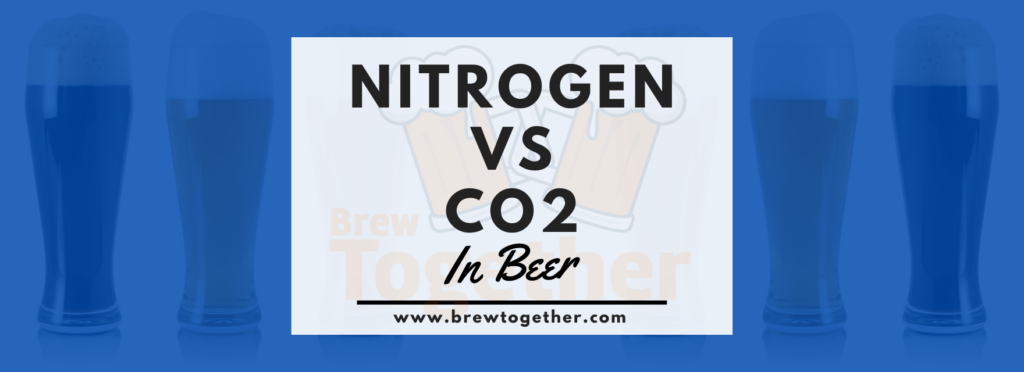

In the world of craft beer, the nuances of taste, aroma, and mouthfeel often lead to passionate debates among aficionados. One element that might not immediately come to mind, but plays a pivotal role in the beer drinking experience, is the type of gas used in carbonation. Most beer lovers are familiar with the crisp fizziness that carbon dioxide (CO2) imparts to their favorite brews. However, there’s another gas that’s been creating waves in the brewing industry: nitrogen. While CO2 has been the dominant force in beer carbonation for centuries, nitrogen brings a unique set of qualities to the table, transforming the texture and presentation of the beer it graces. In this article, we’ll dive deep into the effervescent world of CO2 and nitrogen in beer, exploring their distinct characteristics and the ways they influence our beloved beverage. Here’s our guide to nitrogen vs CO2 in beer!
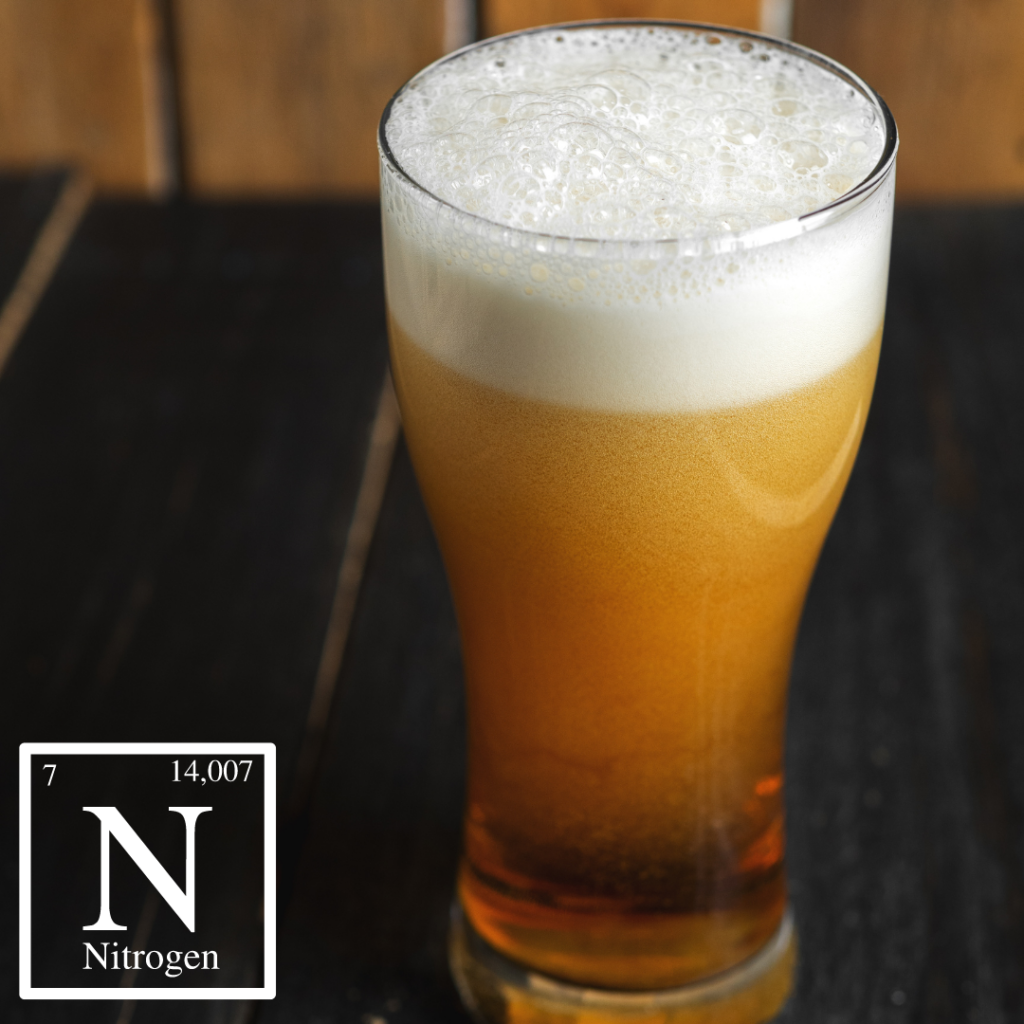

History of Carbonation in Beer
The art of brewing beer dates back thousands of years, with each era introducing its own innovations to the craft. When it comes to carbonating beer nature was the original brewmaster. For the majority of beer’s long history, carbonation was a natural byproduct of fermentation. As yeast consumed sugars, they produced alcohol and carbon dioxide, giving beer its inherent fizz.
Carbon dioxide, due to its natural occurrence in fermentation, became the standard for beer carbonation. It wasn’t until more modern times that brewers began to experiment with controlled carbonation, injecting CO2 directly into the beer to achieve a consistent level of fizziness.
Enter nitrogen. The use of nitrogen gas in beer is a relatively recent development in the grand timeline of brewing. First gaining prominence in the mid-20th century, nitrogen was introduced as an alternative to CO2, mainly in stouts like the iconic Guinness. The allure of nitrogen lay in its ability to produce a creamier, smoother draft beer with a distinctive cascading pour. This was a departure from the sharper, more effervescent qualities of CO2-carbonated beers.
Carbon Dioxide (CO2) in Beer
Natural Production and Carbonation Process
At the heart of every beer lies the magical process of fermentation. As yeast consumes the sugars present in the wort, it releases alcohol and carbon dioxide. This natural production of CO2 has been the primary source of carbonation in beers for millennia. Even today, while most beer is force carbonated by putting the beer under high pressure from a CO2 tank, many craft brewers emphasize the importance of natural carbonation in their brews, believing it brings a certain authenticity and depth to the beer.
Characteristics
Sharp and tangy taste: CO2’s presence can be immediately felt on the palate. It provides a zestiness that accentuates certain flavors, making them pop. This is why many hop-forward beers, like IPAs, rely on CO2 to amplify their bitterness.
Larger and quicker bubbles: Pour a CO2-carbonated beer into a glass, and you’ll notice the rapid ascent of bubbles. These bubbles are larger compared to nitrogen bubbles and contribute to the classic beer foam and foamy head we’re all familiar with.
Traditional beer “fizz”: The effervescence that CO2 brings is iconic. It’s the familiar “fizz” that most associate with a freshly poured or cracked open beer.
Common Beers with CO2
The vast majority of beers around the world use CO2 as their primary carbonation agent, making it the most common gas used in beer production. This includes your everyday lagers, many ales, and most standard beers you’d find on the store shelf or on tap at your local pub. Whether it’s a crisp pilsner, a robust IPA, or a refreshing wheat beer, CO2 is the driving force behind their carbonation.
Nitrogen (N2) in Beer
Nitrogen Infusion Process
While CO2 naturally finds its way into beer through the fermentation process, nitrogen’s presence is more deliberate. To introduce nitrogen into beer, brewers use a mix of nitrogen and CO2, typically around 70% nitrogen and 30% CO2. This is because pure nitrogen does not carbonate beer the way that carbon dioxide does, which would result in flat beer. Sticking to between 70-75 percent nitrogen and 25-30 percent carbon dioxide allows the beer to carbonate while gaining the benefits of the nitrogen. The beer is then forced through tiny holes in a specially designed tap, or “restrictor plate”, which facilitates the formation of the small, tight bubbles characteristic of nitrogenated beer. The beer gas mixture is purchased in nitrogen tank gas cylinders and used to force carbonate the beer in the keg.
Characteristics
Creamier and smoother mouthfeel: Nitrogen’s hallmark is its ability to provide a velvety, almost silky texture to beer. The smaller bubbles produced by nitrogen are less prickly on the tongue, leading to a soft and smooth drinking experience.
Smaller, denser bubbles: When you pour a nitro beer into a glass, you’ll witness the mesmerizing cascade of tiny bubbles, forming a thick, creamy head. These small bubbles are much finer than CO2 bubbles, contributing to the dense foam on top and creamier head commonly associated with nitro stouts.
Leads to a cascading effect when poured: One of the visual joys of a nitro beer is its cascade—a beautiful, cascading waterfall of bubbles that settle to form the aforementioned creamy head. This effect is not just eye candy; it’s a signal to the drinker of the creamy experience that awaits.
Common Beers with Nitrogen
While the association between stouts and nitrogen is strong, thanks in large part to the popularity of beers like Guinness, nitrogen isn’t exclusive to dark beers. Stouts and porters are the most common recipients of the nitro treatment, but as brewers experiment more, an increasing number of specialty ales and even lagers are being nitrogenated. The world of nitro beers is growing, and adventurous beer lovers have a lot to look forward to.
Head-to-Head: CO2 vs. N2
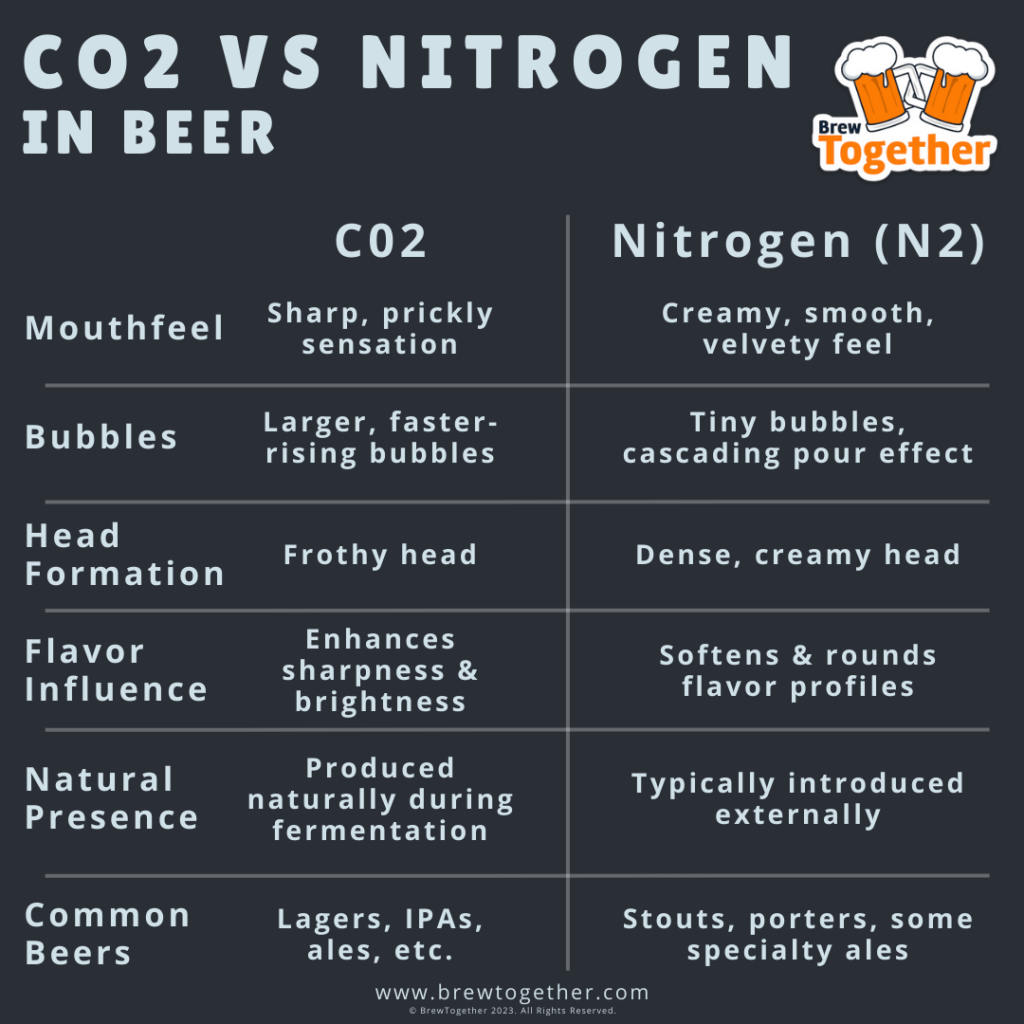

There are significant differences between beers carbonated with CO2 and beers carbonated with nitrogen.
Mouthfeel
The sensation on the tongue is one of the most pronounced differences between CO2 and N2 infused beers. While CO2 provides a sharp, prickly sensation that can be refreshing and zesty, nitrogen delivers a velvety, smooth feel that’s often described as a creamy texture.
Appearance
Visually, the two gases offer distinct experiences. CO2 carbonated beers tend to have larger, faster-rising bubbles that create a frothy head. In contrast, nitrogen beers showcase a mesmerizing cascading effect upon pour, resulting in a dense, creamy head formed by its much tinier bubbles.
Flavor Influence
Though gases themselves are tasteless, the way they interact with beer can influence the drinker’s flavor perception. CO2’s effervescence can enhance the perceived sharpness and brightness of certain flavors, especially in hop-forward beers. On the other hand, the smoother nature of nitrogen might mellow out and soften flavor profiles, making them feel more integrated and rounded.
In the end, neither gas is inherently superior; their impact on beer is a matter of personal preference. Some may love the crisp bite of a CO2-infused IPA, while others might lean towards the velvety embrace of a nitro stout. It’s this diversity of experiences that makes the world of beer so rich and fascinating.
Practical Implications
Storage
The storage requirements for beers differ based on the gas used for carbonation. CO2-carbonated beers typically require higher pressures, ensuring that the beer remains carbonated over time. This is especially crucial for keg storage, where maintaining appropriate CO2 levels is key to the beer’s quality. Nitrogenated beers, on the other hand, have different pressure needs, given the mix of nitrogen and CO2. Breweries and bars often have separate storage systems or tank adjustments to cater to these different requirements.
Serving
When it comes to serving, the equipment differs as well. CO2 beers are dispensed using standard taps, which are designed to maintain and, if necessary, introduce the right amount of CO2. Nitrogen beers require specialized taps, often with a “restrictor plate,” to achieve the signature cascade effect and creamy head. This means establishments wanting to serve both types of beers need to invest in varied tap systems.
Cost Implications
Given the need for specialized equipment and potentially separate storage solutions, there can be added costs associated with serving nitrogenated beers. The gas blend, the taps, and even the maintenance can be more expensive than the standard CO2 setup. However, the unique experience that nitro beers offer often justifies the extra investment, both for brewers and for establishments looking to cater to diverse beer preferences.
The decision between CO2 and nitrogen isn’t just about taste and texture; it also extends to the practical aspects of production, storage, and service. For establishments and brewers alike, understanding these implications is crucial in delivering the best beer experience to their patrons.
The Rise of Nitro Beers
The beer industry is no stranger to trends and innovation. As consumers grow more adventurous and discerning in their tastes, brewers are constantly seeking new ways to enthrall their audience. One of the most captivating trends in recent years has been the rise of nitro beers.
While nitrogen-infused beers, particularly stouts, have been around since the mid-20th century, the last few decades have witnessed a renewed interest and a broader application of nitrogen in brewing. This resurgence can be attributed to several factors:
Texture and Experience
The creamy mouthfeel and visually appealing cascade effect have made nitro beers a favorite among those looking for a distinct drinking experience. It’s not just about flavor; it’s about the entire sensory journey from pour to last sip.
Expanding Beyond Stouts
The initial association of nitrogen with dark beers like stouts and porters has evolved. Today, brewers are experimenting with nitro versions of IPAs, pale ales, and even lagers, broadening the palate of nitro offerings and reaching a wider audience.
Craft Brewing Movement
The global rise of craft breweries, with their penchant for experimentation, has played a significant role in popularizing nitro beers. These brewers view nitrogen not just as an ingredient, but as a tool to craft unique and memorable beer experiences.
Marketing and Branding
The distinct nature of nitro beers offers breweries a chance to stand out in a crowded market. The cascade effect, the rich head, and the smooth texture are all marketable traits that brewers are leveraging in their branding efforts.
The rise of nitro beers showcases the beer industry’s adaptability and its commitment to pushing boundaries. As more brewers embrace nitrogen and consumers continue to seek diverse experiences, it’s safe to say that the era of nitro beers is just getting started.
The Future of Beer Carbonation
As we’ve traversed the rich history and current landscape of beer carbonation, it’s only natural to wonder: what does the future hold? The realm of beer is dynamic, and the methods of carbonation are no exception.
Blended Gas Experiences
While CO2 and nitrogen are the predominant gases in beer carbonation, the future might see blends that tweak the ratios for nuanced experiences. Just as nitro beers use a mix of CO2 and nitrogen, there’s potential for other blends that strike a balance between the sharpness of CO2 and the creaminess of nitrogen.
Technological Advancements
Equipment used in carbonation and serving beer continues to evolve. From precise control systems that maintain perfect carbonation levels to taps that can switch between CO2 and nitrogen seamlessly, technology will play a big role in shaping the beer experience.
Environmental Considerations
The beer industry, like many others, is becoming increasingly conscious of its environmental impact. Carbon capture technologies and sustainable practices in carbonation might become more prominent, ensuring that the fizz in our beers doesn’t come at an environmental cost.
Experimental Brews
Beyond the traditional categories of beer, experimental brews that play with texture, mouthfeel, and presentation will push the boundaries of carbonation. This could involve exploring gases beyond CO2 and nitrogen or even playing with carbonation levels to create entirely new categories of beer.
Consumer-Driven Choices
As consumers become more educated and curious about their beer, their preferences will play a significant role in shaping carbonation trends. It has beco e increasingly common to see nitro taps in craft breweries, and most breweries have nitro systems and dedicated nitro drafts available all year. Breweries will likely offer more customized experiences, catering to those who prefer the classic bite of CO2 or the smooth embrace of nitrogen—or something entirely different.
The journey of beer carbonation is an ongoing one, filled with innovations, experiments, and the promise of exciting experiences ahead. As brewers and enthusiasts alike peer into the horizon, the bubbles in our beer hold the tales of the past and the potential of the future.
Conclusion
Carbonation is often an overlooked element when discussing the complexity and depth of beer, but as we’ve explored, it’s a crucial component that shapes our drinking experience. Whether it’s the effervescent bite of CO2 or the silky cascade of nitrogen, the choice of gas can transform a beer’s flavor, appearance, and mouthfeel.
Over time, the traditional practices of carbonation have met with innovation, leading to a diversification of beer styles and experiences. From ancient fermentation techniques that naturally introduced CO2 to the deliberate infusion of nitrogen in modern brews, the journey of carbonation is a testament to the evolving art and science of brewing.
As we stand at the crossroads of tradition and innovation, it’s an exciting time for beer enthusiasts. The choice between CO2 and nitrogen, and the potential for future carbonation methods, means that there’s always something new to explore, taste, and enjoy.
To the brewers pushing the boundaries of carbonation, to the establishments serving these delightful brews, and most importantly, to the drinkers who relish every sip—here’s a toast to the bubbles that dance in our beers, making every glass a unique experience. Cheers!
Thank you!
If you found this article was helpful, please share it with your friends using the social media share buttons below! We need your help getting the word out about BrewTogether!
Still have questions about beer filtration equipment or brewing your own beer? Leave a comment below or post in the forums! The BrewTogether Community is made up of an awesome group of homebrewers around the world. We are always supportive and happy to help answer your questions about brewing your perfect beer!
If you’re not a member of BrewTogether, we’d love for you to join! BrewTogether is completely free, and signing up is easy! Click here to join! We’d love to have you as a member of the BrewTogether Community!
Now using BrewTogether is easier than ever! Download the FREE BrewTogether Mobile App – available on both the Apple App Store and the Google Play Store! The BrewTogether App is completely free and drastically improves the experience of using BrewTogether on a mobile device.
Affiliate Disclosure: BrewTogether is a participant in the Amazon Services LLC Associates Program, an affiliate advertising program designed to provide a means for us to earn fees by linking to Amazon.com and affiliated sites. BrewTogether is also a participant in an affiliate program with MoreBeer, our favorite online homebrewing equipment/ingredients retailer. Some of the links in this article are affiliate links, which means that if you choose to make a purchase after clicking the link, I will earn a small commission at no additional cost to you. Please feel free to reach out with questions. Thank you for your support!
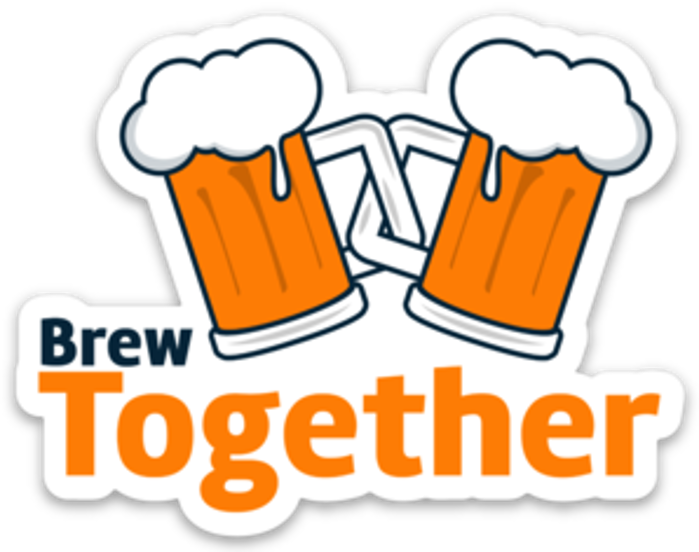


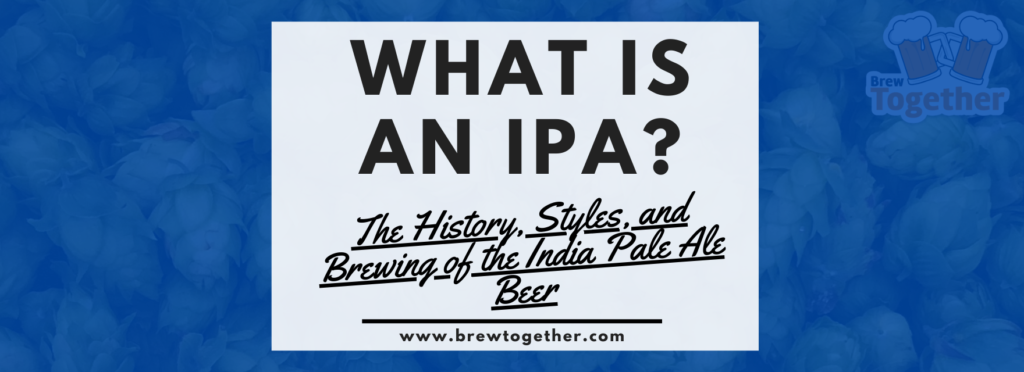

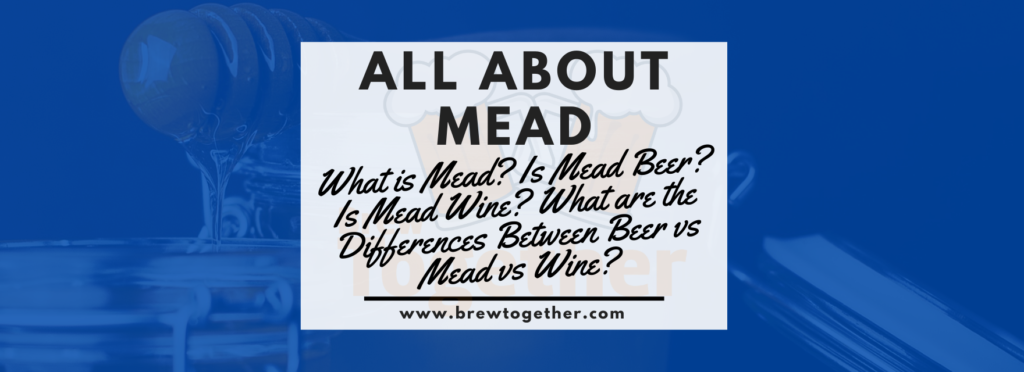
Responses